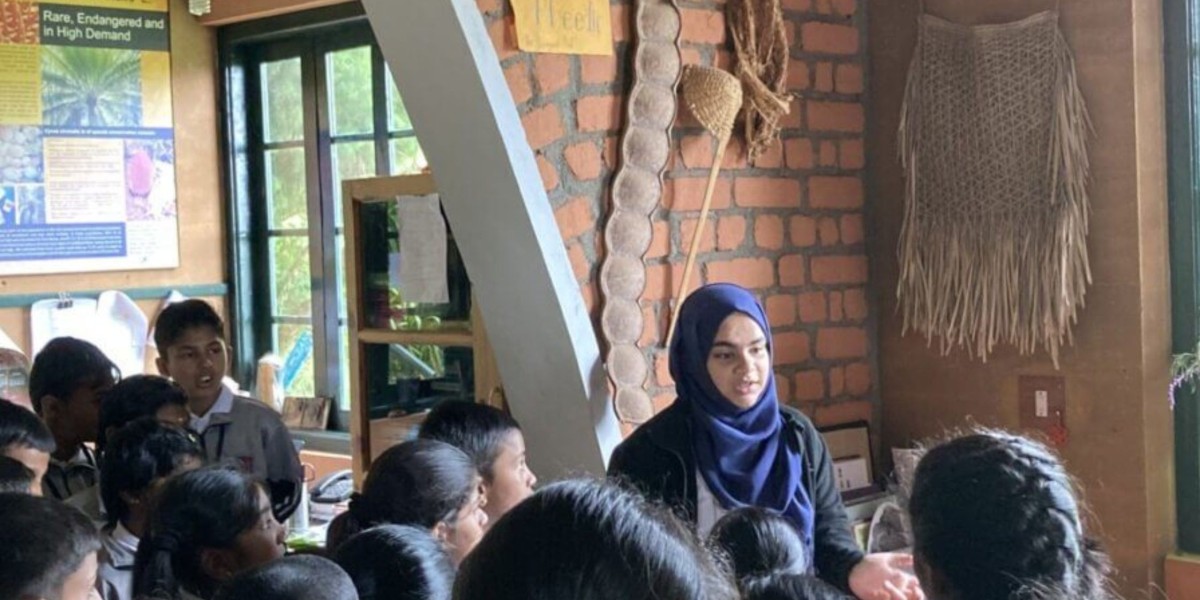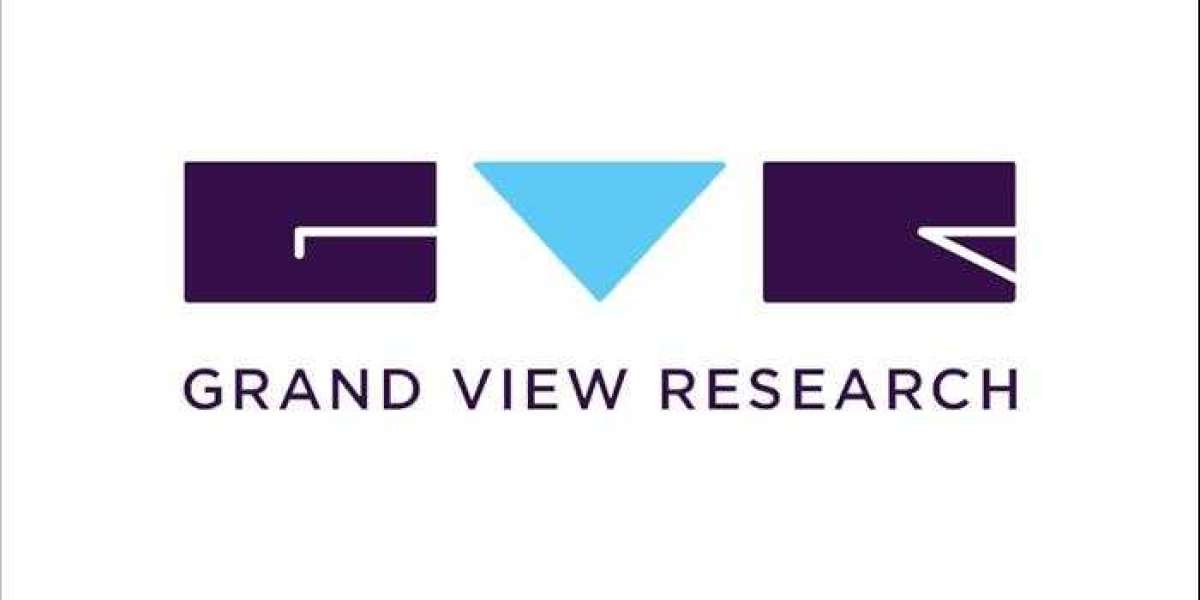India's rich tapestry of culture is interwoven with the stories of its diverse tribal communities. Among these, the Particularly Vulnerable Tribal Groups (PVTGs) hold a unique and important place. In this comprehensive exploration, we delve into the lives, challenges, and resilience of these communities, shedding light on the efforts made to safeguard their cultural heritage.
The PVTGs: Guardians of Tradition
Particularly Vulnerable Tribal Groups, as the name suggests, are indigenous communities facing extreme vulnerabilities due to their small populations and geographical isolation. India recognizes and categorizes 75 such groups spread across various states. Each of these groups possesses a distinct culture, language, and way of life, deeply rooted in their ancestral lands.
Cultural Diversity
The diversity among PVTGs is astounding. From the Gonds in Central India to the Jarwas in the Andaman Islands, these groups are a testament to India's pluralistic heritage. Their languages, rituals, and traditions are a living repository of ancient wisdom and customs.
Challenges and Vulnerabilities
While the cultural richness of PVTGs is undeniable, their vulnerability is equally striking. These communities often face challenges like:
1. Marginalization: Geographical isolation makes it difficult for PVTGs to access essential services such as healthcare, education, and clean water. They are frequently excluded from mainstream development processes.
2. Land Dispossession: Encroachment on tribal lands and displacement due to development projects threaten their way of life. Land is not just a resource but also an integral part of their identity and sustenance.
3. Healthcare: Inadequate healthcare facilities and limited awareness about modern healthcare practices lead to health issues within these communities. Diseases that are easily preventable elsewhere can become life-threatening among PVTGs.
4. Education: Limited access to quality education perpetuates the cycle of poverty and illiteracy among these groups. The lack of educational opportunities hinders their social and economic progress.
Government Initiatives and Support
Recognizing the precarious situation of Particularly Vulnerable Tribal Groups, the Indian government has implemented several schemes and policies aimed at their upliftment and protection.
Forest Rights Act
The Forest Rights Act of 2006 was a landmark legislation that sought to rectify historical injustices inflicted upon tribal communities. It recognized the rights of tribal and forest-dwelling communities over their ancestral lands, providing a legal framework for them to claim ownership.
Special Development Programs
Various states have initiated special development programs targeting PVTGs. These programs encompass healthcare, education, housing, and skill development to enhance the quality of life for these communities.
Cultural Preservation
Efforts to preserve the cultural heritage of PVTGs are also underway. Documenting their languages, traditions, and rituals is essential to ensure that these invaluable aspects of India's cultural mosaic are not lost to time.
Challenges Ahead
While progress has been made in improving the living conditions of Particularly Vulnerable Tribal Groups, several challenges persist.
Ensuring Sustainable Development
Balancing development with the preservation of tribal cultures and the environment is a complex task. Ensuring that development projects are carried out in a sustainable and culturally sensitive manner remains a significant challenge.
Protecting Land Rights
Land continues to be a contentious issue for PVTGs. The enforcement of land rights and protection against encroachments is crucial to their survival.
Healthcare and Education
Improving healthcare and education infrastructure in remote tribal areas requires concerted efforts and resources. Bridging the gap in these essential services is vital for the well-being of PVTGs.
A Shared Responsibility
Preserving the cultural heritage of Particularly Vulnerable Tribal Groups is not just the responsibility of the government; it's a collective effort. Civil society organizations, activists, and concerned citizens play a crucial role in advocating for the rights and dignity of these communities.
Conclusion
Particularly Vulnerable Tribal Groups are the custodians of India's ancient cultures and traditions. Their resilience in the face of adversity is a testament to the human spirit. As India marches towards progress, we mustn't leave behind these indigenous communities. By recognizing their rights, supporting their development, and respecting their traditions, we can ensure that PVTGs continue to be an integral part of India's rich cultural mosaic for generations to come.
 " class="wow_main_float_head_img">
" class="wow_main_float_head_img">







